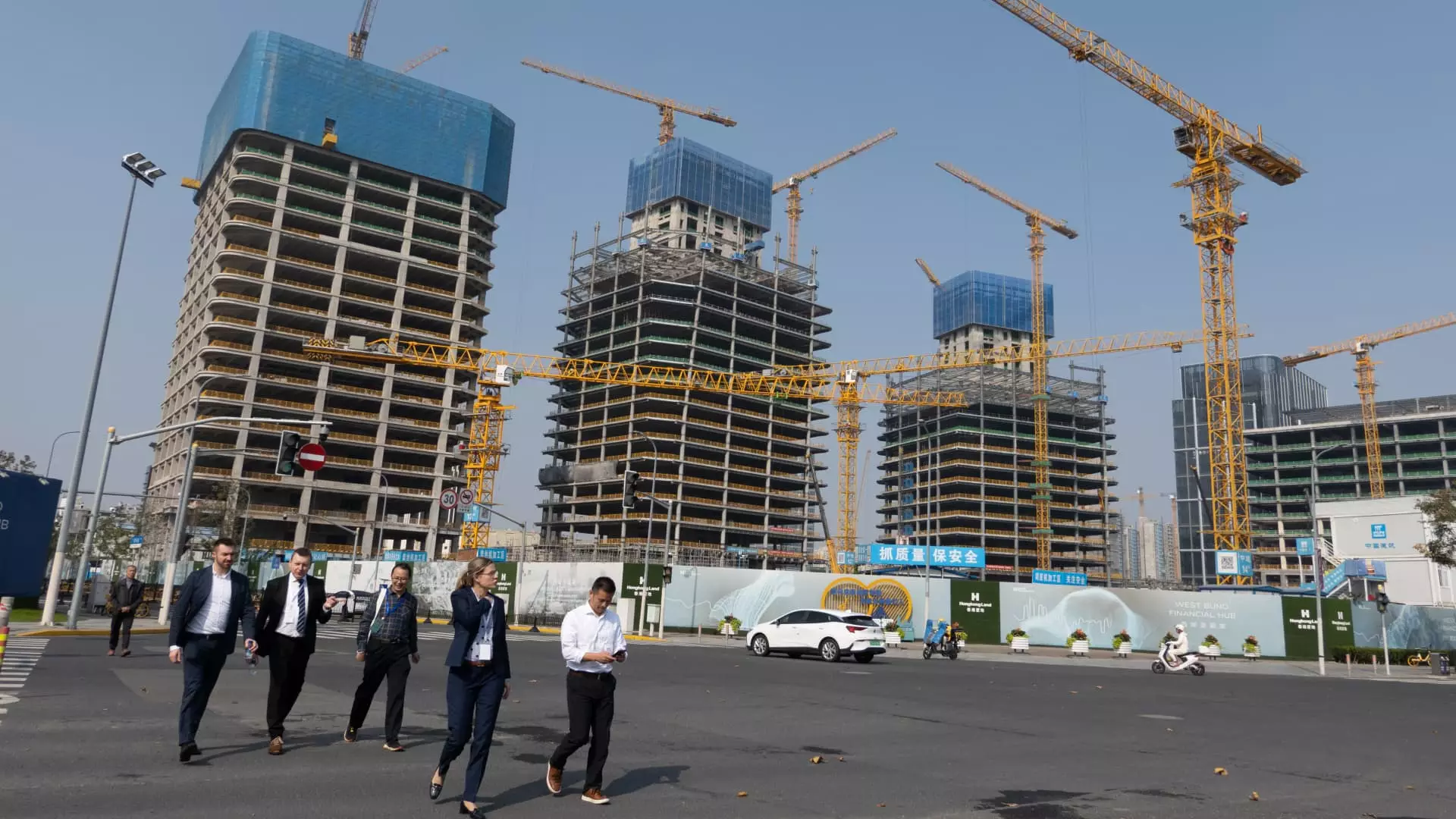As China prepares to reveal extensive economic stimulus measures following a crucial meeting of its parliament, the global market holds its breath in anticipation. The Communist Party has consistently emphasized the importance of stabilizing the economy amidst challenges posed by external influences and internal market fluctuations. Given the backdrop of a continued decline in the real estate sector and societal pressures exerted by the coronavirus pandemic, the Chinese government’s strategy appears directed towards revitalizing economic growth.
President Xi Jinping’s leadership has been symbolically pivotal with his directive from a meeting on September 26, where he highlighted the necessity for robust fiscal and monetary interventions. The urgency of these measures cannot be understated; the economic landscape has been significantly affected by declining revenues from the real estate market, exacerbated by local government debt crises. The recent round of initiatives, which likely will continue after the conclusion of the National People’s Congress, comes at a time when increased government spending and debt are imperative to avert a prolonged economic downturn.
In response to the pressing economic climate, the People’s Bank of China has already embarked on a path to lower interest rates to stimulate borrowing and investment. This monetary easing is essential to concoct a favorable milieu for economic activity. However, the broader fiscal measures, which require legislative backing, remain contingent on the diversity of the parliament’s objectives. Previous outcomes from similar legislative sessions, like the approved increase in the national deficit to 3.8%, suggest that significant adjustments may be on the horizon once more.
Navigating through uncertain waters, China’s economic policymakers are now also influenced by the outcomes of the recent U.S. presidential election. The prospect of heightened tariffs under a potentially adversarial administration poses real threats, yet many analysts speculate that these external pressures will only hasten China’s internal reforms. There remains a cautious optimism as experts debate whether the government will opt for a more direct approach to boost consumer spending or stick to pressure alleviation through local government support.
The dilemma surrounding local governments, many encumbered by hidden debts estimated to be around 50 trillion to 60 trillion yuan, remains an unresolved issue. Officials have suggested increasing the debt issuance limits to offset these burdens, which, if approved, could grant local authorities an extra 10 trillion yuan. Such a move could mitigate yearly interest payments significantly, thereby improving fiscal standing amidst dwindling revenues.
China is at a critical juncture, necessitating clear, strategic moves to stabilize its economic framework. With the impending stimulus package shaped by the nuances of legislative approval and external economic pressures, the effectiveness of these initiatives will ultimately determine not only the recovery of the real estate sector but also the broader economic resilience of the nation. As the world watches closely, the focus now is on how effectively the government can address both immediate financial distress and long-term growth sustainability.

Leave a Reply